What Is Qt On A Walkie Talkie? – Best Explained (2024)
This can be a great way to improve user communication or give private instructions during a mission or task.
As I mentioned above, what is qt on a walkie talkie? In short, QT (Quiet Talk) is a feature on a walkie talkie that reduces channel traffic by enabling private conversations. QT allows for a private conversation without interrupting the other users on the channel.
This is beneficial when multiple people use the same channel and their conversations overlap.
With QT enabled, users can send messages directly to each other that only those using the same channel can hear.
- QT stands for Quiet Talk, which reduces the noise on the walkie talkie channels and the radios themselves.
- It reduces the amount of extraneous noise by limiting the maximum amount of transmitted power.
- It allows users to communicate on the walkie talkie channels without causing interference to other channels or users.
Qt Dqt Encode Decode
Qt (Quiet Talk)
Quiet Talk, also known as QT, is a simple encoding protocol used in radios to ensure the privacy of communication. In addition to privacy, it also helps reduce the radio channel’s interference.
This technique converts audio input into analog signals of varying frequencies (sound waves of different lengths). This converted signal is then transmitted over the radio channel.
Walkie talkies are a great way to communicate quickly, especially when you need to encode and decode messages.
QT, or Quiet Talk, is a type of encoding protocol used in walkie talkies to ensure secure communication.
It takes the audio input and then encodes it before sending it out. Once the signal is received, it is decoded and translated into the original audio.
This is a great way to ensure that only those with the decoding protocol can understand the message.
Qt (Quiet Talk) Settings:
| QT Number | QT Frequency | QT Number | QT Frequency | QT Number | QT Frequency |
| 1 | 67.0 Hz | 15 | 110.9 Hz | 29 | 179.9 Hz |
| 2 | 71.9 Hz | 16 | 114.8 Hz | 30 | 186.2 Hz |
| 3 | 74.4 Hz | 17 | 118.8 Hz | 31 | 192.8 Hz |
| 4 | 77.0 Hz | 18 | 123.0 Hz | 32 | 203.5 Hz |
| 5 | 79.7 Hz | 19 | 127.3 Hz | 33 | 210.7 Hz |
| 6 | 82.5 Hz | 20 | 131.8 Hz | 34 | 218.1 Hz |
| 7 | 85.4 Hz | 21 | 136.5 Hz | 35 | 225.7 Hz |
| 8 | 85.4 Hz | 22 | 141.3 Hz | 36 | 233.6 Hz |
| 9 | 91.5 Hz | 23 | 146.2 Hz | 37 | 241.8 Hz |
| 10 | 94.8 Hz | 24 | 151.4 Hz | 38 | 250.3 Hz |
| 11 | 97.4 Hz | 25 | 156.7 Hz | 39 | 69.3 Hz |
| 12 | 100.0 Hz | 26 | 162.2 Hz | Off | Off |
| 13 | 103.5 Hz | 27 | 167.9 Hz | – | – |
| 14 | 107.2 Hz | 28 | 173.8 Hz | – | – |
Dqt (Digital Quiet Talk)
Dqt (Digital Quiet Talk) encode decode can be even more efficient. A secure connection between two or more devices can created to protect communication from interception.
Additionally, dqt encode decode to optimize the signal strength, so you can be sure your messages will always get through.
DQT encode decode can be helpful in emergencies when other communication systems don’t work, like during natural disasters.
The same goes for situations where regular communication is difficult, such as in a remote work camping site.
Dqt (Digital Quiet Talk) Settings:
| DQT Number | DQT Code | DQT Number | DQT Code | DQT Number | DQT Code | DQT Number | DQT Code | DQT Number | DQT Code |
| 1 | D023N | 20 | D132N | 39 | D265N | 58 | D464N | 77 | D712N |
| 2 | D025N | 21 | D134N | 40 | D271N | 59 | D465N | 78 | D723N |
| 3 | D026N | 22 | D143N | 41 | D306N | 60 | D466N | 79 | D731N |
| 4 | D031N | 23 | D152N | 42 | D311N | 61 | D503N | 80 | D732N |
| 5 | D032N | 24 | D155N | 43 | D315N | 62 | D506N | 81 | D734N |
| 6 | D043N | 25 | D156N | 44 | D331N | 63 | D516N | 82 | D743N |
| 7 | D047N | 26 | D162N | 45 | D343N | 64 | D532N | 83 | D754N |
| 8 | D051N | 27 | D165N | 46 | D346N | 65 | D546N | OFF | OFF |
| 9 | D054N | 28 | D172N | 47 | D351N | 66 | D565N | – | – |
| 10 | D065N | 29 | D174N | 48 | D364N | 67 | D606N | – | – |
| 11 | D071N | 30 | D205N | 49 | D365N | 68 | D612N | – | – |
| 12 | D072N | 31 | D223N | 50 | D371N | 69 | D624N | – | – |
| 13 | D073N | 32 | D226N | 51 | D411N | 70 | D627N | – | – |
| 14 | D074N | 33 | D243N | 52 | D412N | 71 | D631N | – | – |
| 15 | D114N | 34 | D244N | 53 | D413N | 72 | D632N | – | – |
| 16 | D115N | 35 | D245N | 54 | D423N | 73 | D654N | – | – |
| 17 | D116N | 36 | D251N | 55 | D431N | 74 | D662N | – | – |
| 18 | D125N | 37 | D261N | 56 | D432N | 75 | D664N | – | – |
| 19 | D131N | 38 | D263N | 57 | D445N | 76 | D703N | – | – |
Walkie Talkie DMR QT DQT Encryption
It’s essential to be aware of the features and technologies of a walkie talkie, such as DMR, QT, DQT, and Encryption.
DMR is the primary digital communication protocol enabling users to communicate. DMR devices, while QT and DQT are two levels of priority talk.
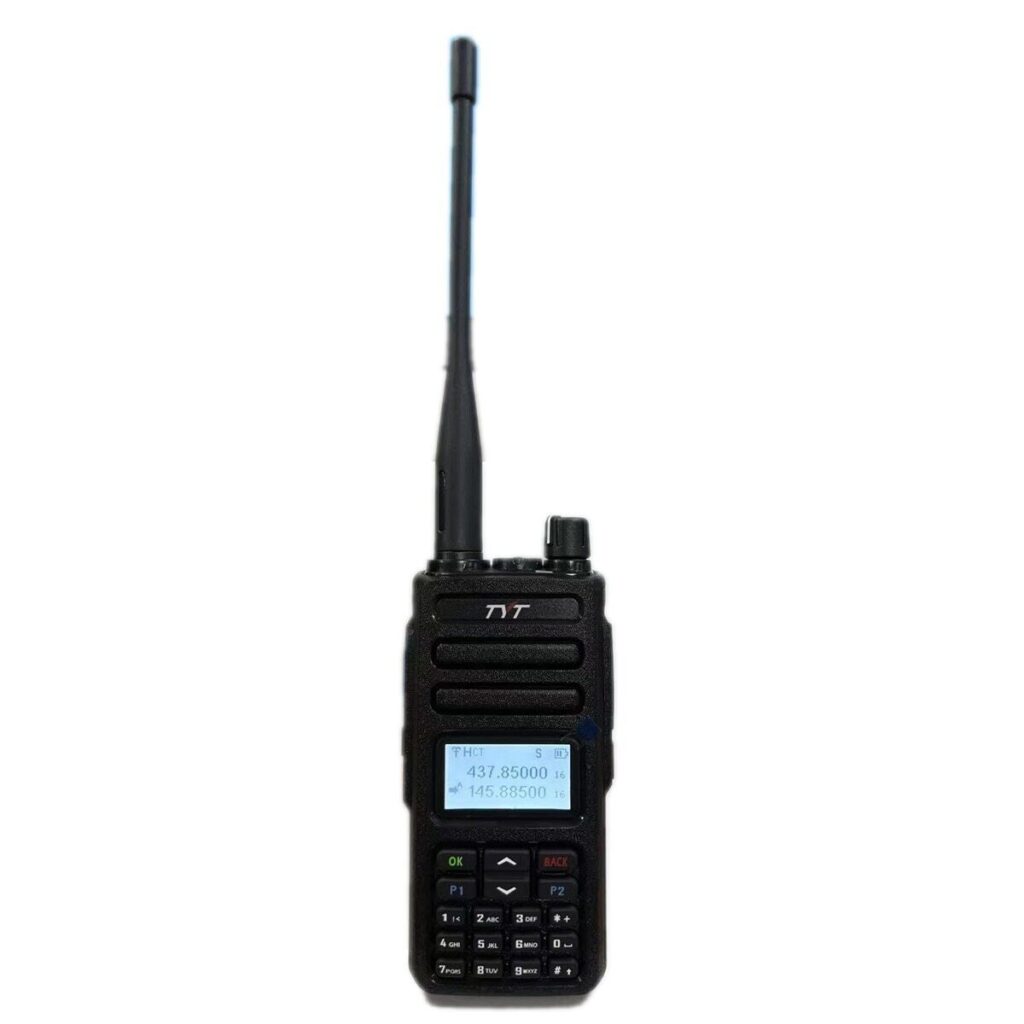
QT lets users switch channels quickly, and DQT enables them to receive messages without pressing the PTT key.
Encryption enhances communication security by scrambling the signal so it can’t be intercepted.
Many two-way radio systems, such as Amateur Radios, Business/Industry radios, and other two-way radio systems, use the DMR QT (Digital Mobile Radio QT) digital voice and data communication protocol.
An encrypted communication method can be used to secure the system’s communication. It is based on a cipher called DQT (Digital Quite Talk), a proprietary encryption algorithm developed for the DMR QT system.
It is a stream cipher that encrypts each data packet individually using a cipher called DQT.
To achieve a high level of security and safety, it uses key sizes of 32 bits and initialization vectors of 64 bits.
All these features make a walkie talkie a powerful communication tool.
Military Two way radio QT DQT walkie talkie
Radio devices enable soldiers to communicate securely and quickly, ensuring critical data is shared and acted upon quickly.
It’s no secret that military two-way radios, QT, and DQT walkie talkies are essential tools for military personnel.
Two-way radios are designed to withstand harsh weather conditions such as heavy rain, snow, high winds, dust, and extreme temperatures.
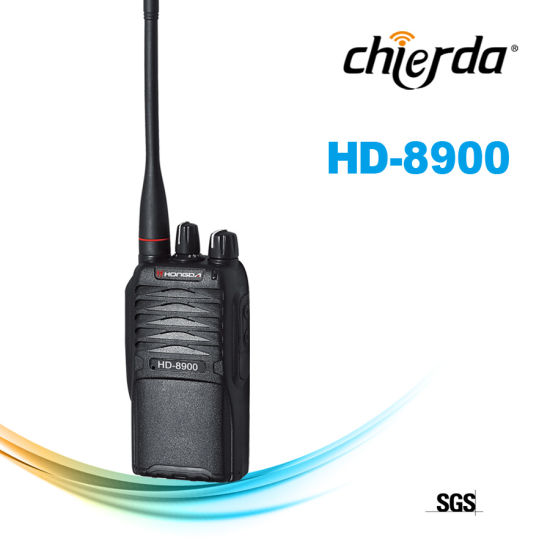
They are built to be durable and reliable, allowing secure communication even in the most challenging situations.
These radios are built for durability and are suitable for many industries, such as marine, construction, mining, law enforcement, and military.
They are also equipped with advanced encryption technology, making them highly secure against potential eavesdroppers.
With these features and more, it’s clear that military two way radios are an absolute necessity for any operation.
Frequently Asked Questions
1. What channel should I put my walkie talkie on?
Contrary to popular belief, there is no universal walkie-talkie channel. It’s essential to look up and consult the specific walkie-talkie model manual to determine which channel you should use.
Additionally, checking with your local authorities is essential to ensure you are not using a restricted frequency.
Consult the manual and check with local authorities first to learn about any restrictions or regulations. Then you will know which channel to set your walkie-talkie to.
2. What is the best channel to use on a two way radio?
Common channels for communication include UHF CB, Marine VHF, and Amateur radio, which all provide various frequencies for different purposes.
The type of communication you want to send or receive determines which two-way radio channel to use.
UHF CB is the most popular two-way radio and has the best range for direct communication.
Marine VHF is used for navigation and communication, while Amateur radio has the strongest signal and incredible reach.
3. What does 2CH mean on a walkie talkie?
2CH stands for “two-channel,” meaning the device can support two separate channels of simultaneous communication.
Some people may not be aware of the meaning of “2CH” when they see it on a walkie talkie.
Effective communication is essential, and walkie talkies are a good, efficient way to do it.
This feature is helpful when having multiple conversations, enabling two talks on two different channels.
This can be incredibly convenient for large groups and is a crucial feature of many walkie talkie models.
4. How do I set up walkie talkie channels?
Set your walkie talkies to the same frequency, and you can talk to each other by pressing a button. Ensure you’re in a blowy area with minimal interference for the best possible reception.
Setting up walkie talkie channels is accessible and requires minimal effort. All you need are two (or more) walkie talkies and a compatible frequency.
With the proper setup, you’ll be up and running with your new walkie talkie channels in no time.
Final Thought : (what is qt on a walkie talkie)
In conclusion, the “QT” or “QT/DQT” function on a walkie-talkie is a method of signaling used for privacy purposes.
This allows for communication between two designated users, making it ideal for organizations that require secure transmission.
QT or DQT also helps reduce interference from other users, making it perfect for places with a lot of radio traffic.
Today’s walkie talkies come with extra features like GPS and sub-codes. QT and DQT help ensure communication between users is secure and transparent.
QT and DQT enable users to quickly exchange messages and receive signals without manual coding or pressing the PTT button.
Also Read
Do Walkie Talkies Work In The City? Best Tips & Factore 2023
How To Eavesdrop On Walkie Talkie? – Best Explained In 2023
What Walkie Talkies Does The Military Use? – Military Radios
What Is Ctcss On A Walkie Talkie? – Best Ctcss Code Info 2023
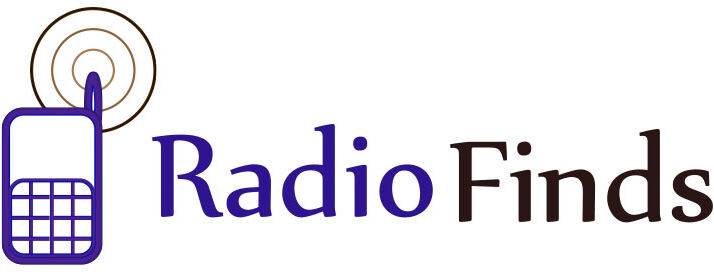
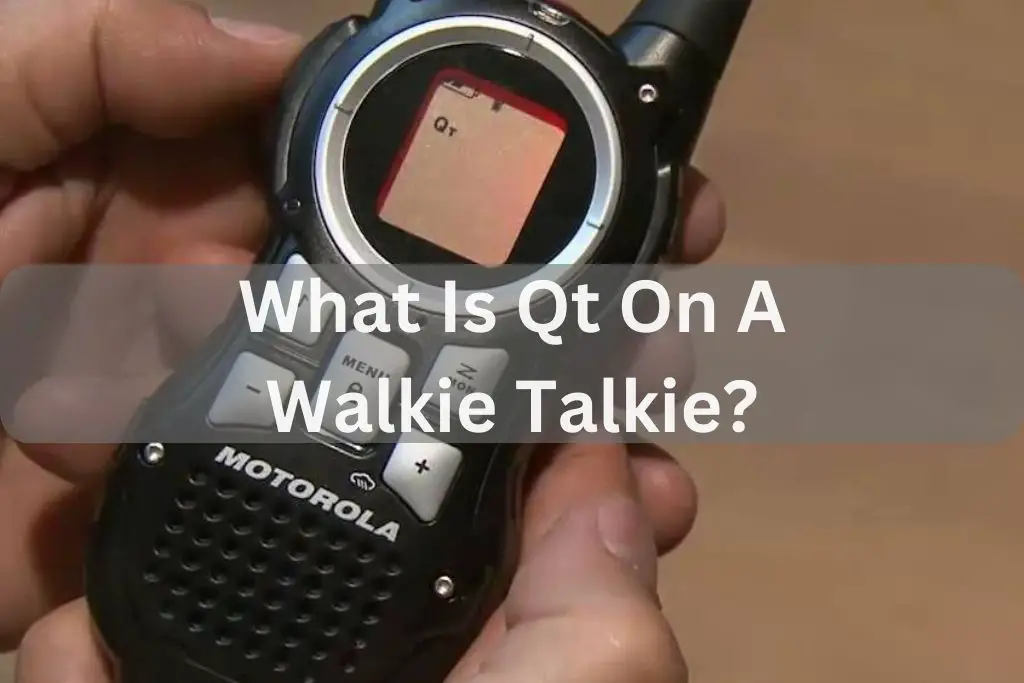
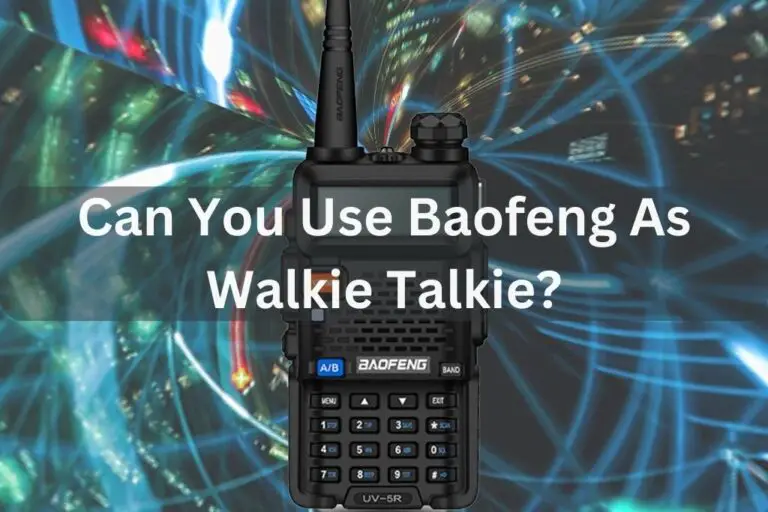

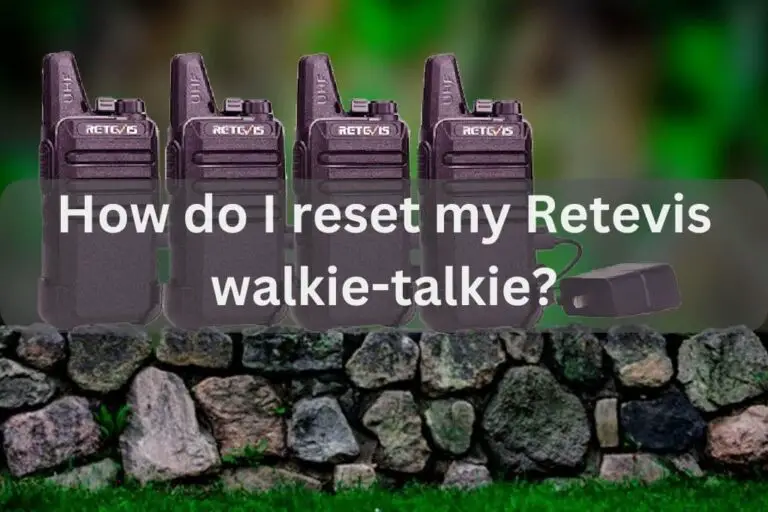
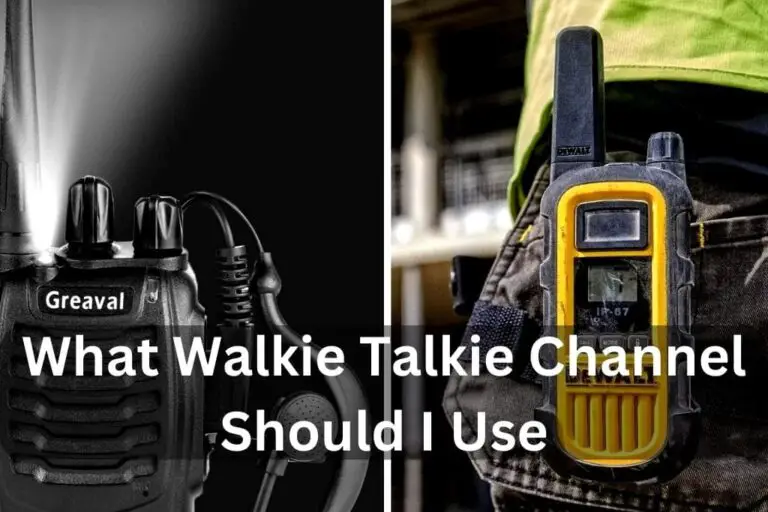
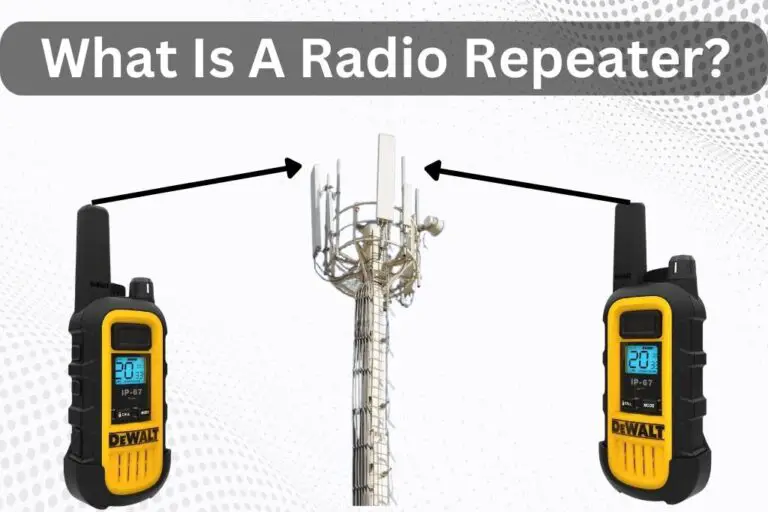
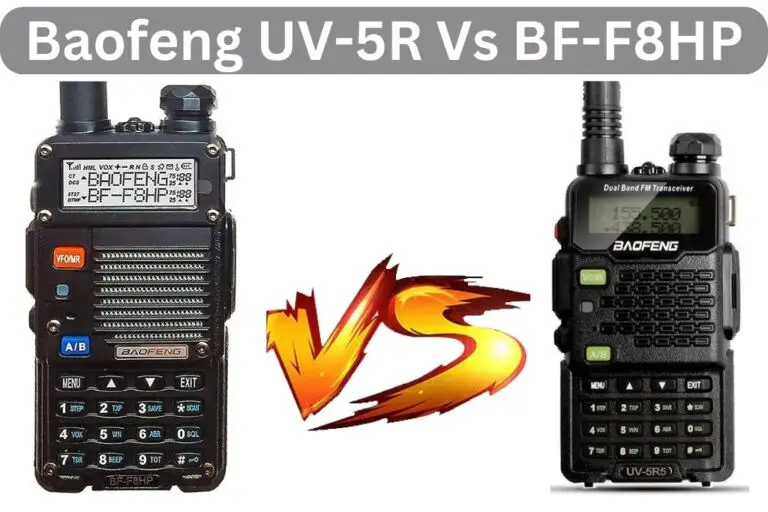

Советы по предотвращению дубликатов номеров, Полезные советы по предотвращению дубликатов номеров, Что такое дубликаты номеров и как их избежать, Как правильно нумеровать документы, Последствия повторения номеров в работе, Какие ошибки нумерации могут привести к проблемам, Образцы нумерации для предотвращения повторений, Способы проверить наличие повторений номеров, Полезные рекомендации по исправлению дубликатов номеров, Как реагировать на повторения номеров, Полновесные рекомендации по избежанию дубликатов номеров в публикациях, Рекомендации по нумерации для предотвращения повторений, Техники использования уникальных номеров, Рекомендации по документированию нумерации, Почему каждый должен бороться с дубликатами номеров, Программы для поиска повторений номеров, Советы по избеганию штрафов за повторения номеров, Эффективные методы защиты от дубликатов номеров, Техники предотвращения повторений номеров.
сделать дубликаты номеров [url=https://dublikat-nomerov.ru/]сделать дубликаты номеров[/url] .